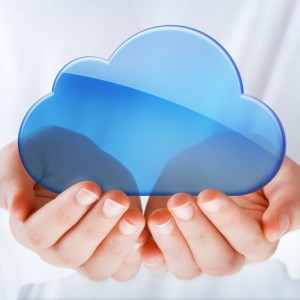The changes to Microsoft’s Windows 8 OS may be obvious – touch oriented user interface grabbing the headlines – but what’s become of the beast that lurks beneath the computing surface? Released to manufacturing on 1st August, and made available at ground level from 4th September, Windows Server 2012 brings with it several changes that businesses looking ahead to the future of private and public cloud technology can really take advantage of.
Microsoft customers will be happy to learn that updated Identity & Access management features are a key component of both Windows Server 2012 and Windows 8. For me, it’s really pleasing to see that the built-in support for One-Time Passwords and smart cards has been streamlined to make implementation and management easier. For businesses, this will provide both a reliable and cost-effective form of two-factor authentication straight out of the box.
According to the Windows TechNet library, “smart cards provide particularly effective security control in two scenarios: to secure administrator accounts and to secure remote access.” So what are the changes made for smart card support in Windows Server 2012 and Windows 8 that will affect your business? (You can see the list of features here.) Is it changes made to the smart card sign-in experience? Start and stop behavior? Or simply more smart card support in Windows 8 applications? If you’re a smart card user, let us know.
You can read about new Identity & Access features updates like Active Directory, Dynamic Access Control, and DirectAccess on Microsoft’s product page. Dynamic Access Control, for example, “provides a holistic data classification and protection system integrated with centralized access control.” You can use Dynamic Access Control in Windows Server 2012 to classify data on organizational file servers based on their contents or location. Will this affect your user experience?
Microsoft states that the benefits of their new features are significant. From a security point of view, modern workers expect to have access to organizational data from anywhere, at any time, while IT systems must protect sensitive data and keep it out of the wrong hands. The streamlined integration of DirectAccess, for example, satisfies both of these needs by allowing you to support your workforce while enabling mobility, flexibility, and virtualization, at the same time as protecting sensitive data.
Simon Bisson of ZDNet says that Microsoft’s Server 2012 gives you “an ideal migration path to tomorrow’s world of private and public clouds” and describes it as a must-have upgrade in his review, so tell us; will you be upgrading?



